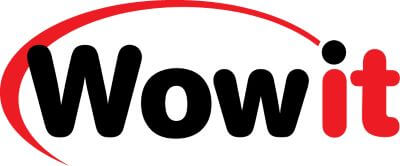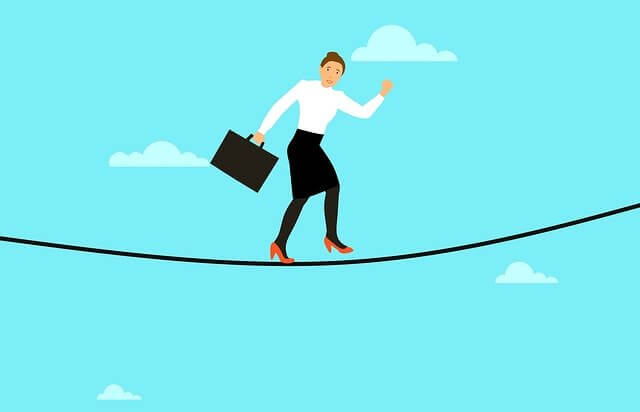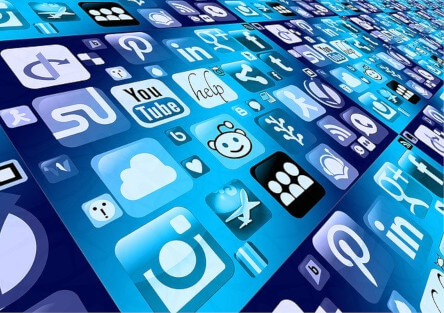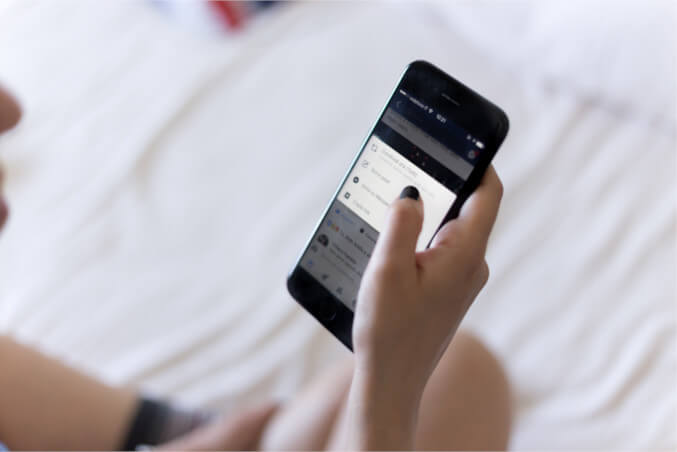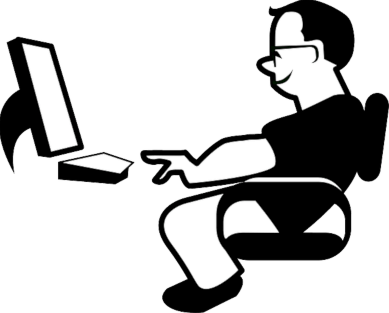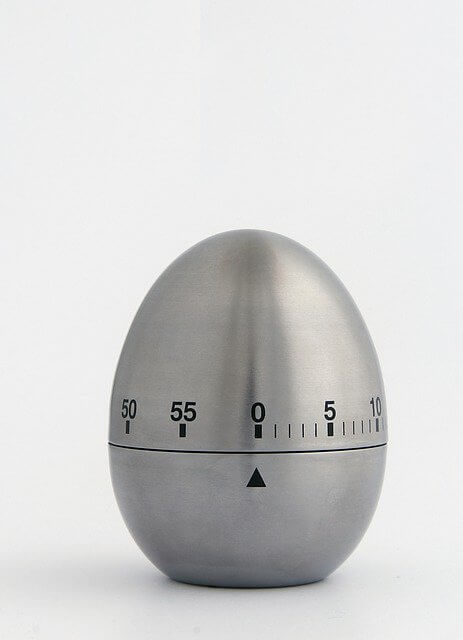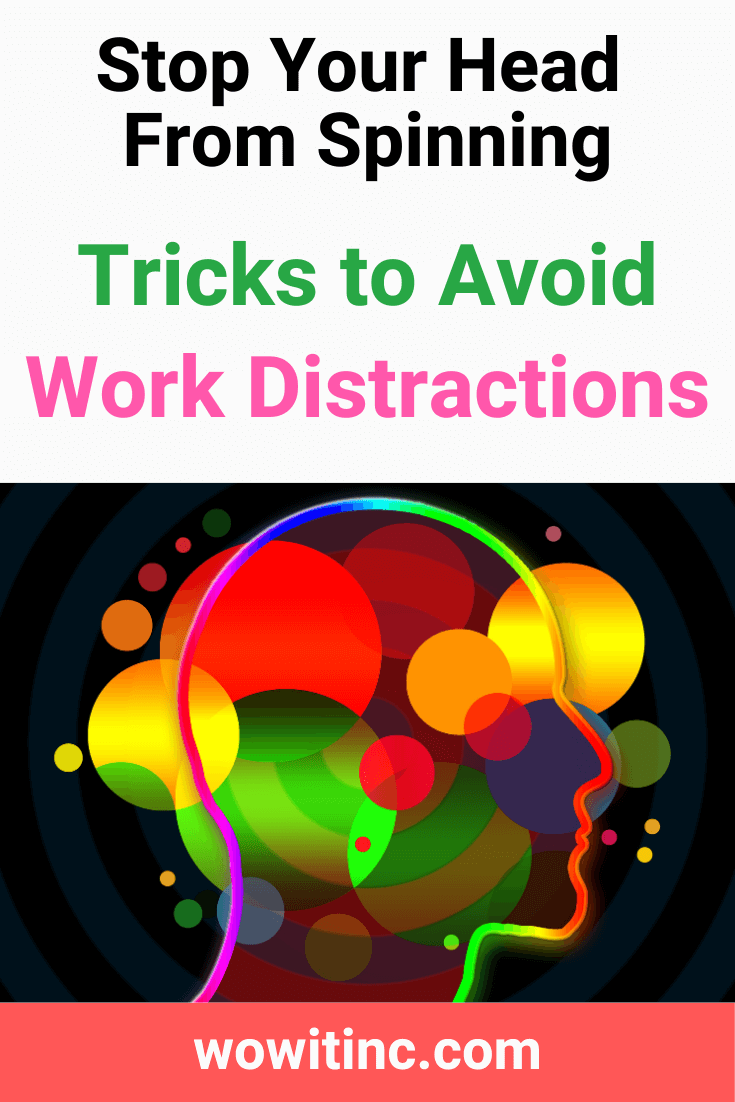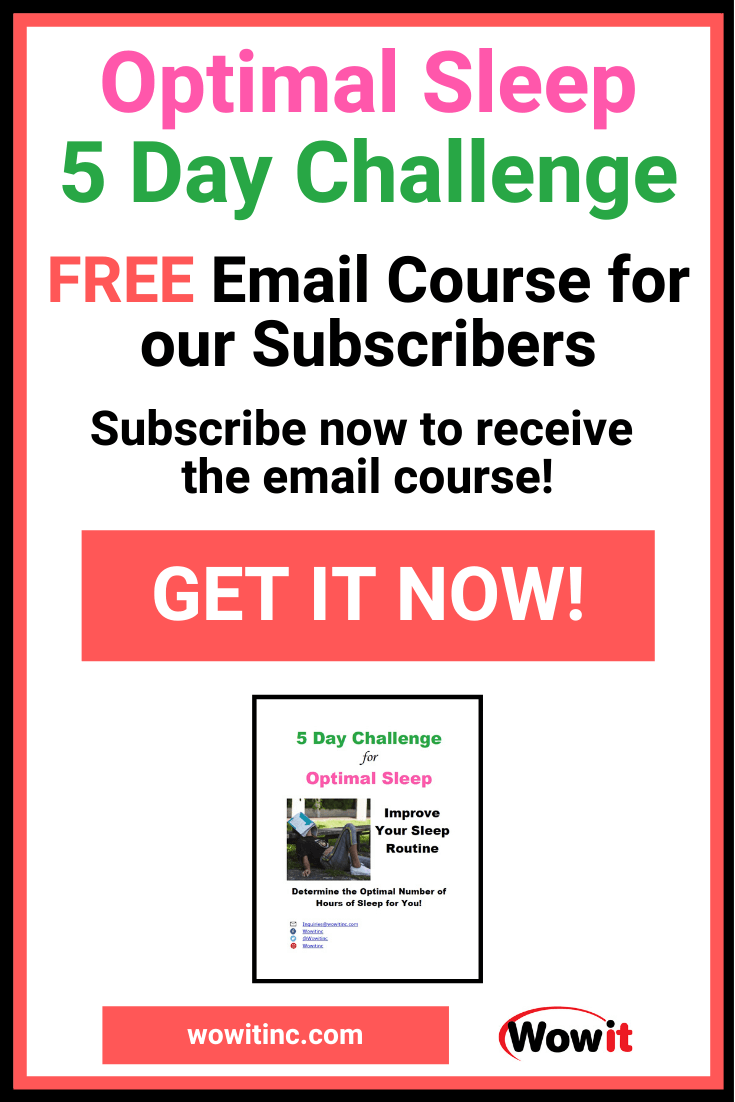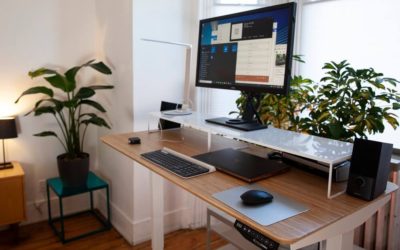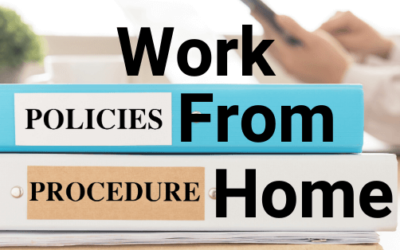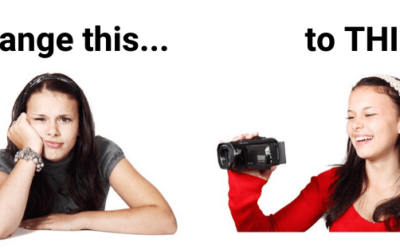Are there distractions in your work day? Do you sit down to complete a task and, in the blink of an eye, three hours have passed?
It doesn’t matter if you work in an office or you work from home – sometimes the time just gets away from you. And I’ve heard the arguments for both cases.
People in an office environment often think they could focus better at home without physical interruptions. And people working at home sometimes think they could work better in an office to avoid the distractions of household chores and demands of family.
It’s human nature to think the grass is always greener. But what’s the solution? How can we really focus on our work and avoid distractions?
Step one: read this article ?.
What are your distractions
The first step is to identify your own distractions. What pulls your attention elsewhere in the middle of a task?
Some of you might know exactly what draws your attention – which makes things easier. But for others, it might not be so clear.
But the most common culprits are:
- Technology
- Environment
- Humans
If you recognize any of those then that’s one step forward. But what if you don’t? What if none of those categories seems to fit for you?
Then you might be a victim of what I call the “creep distractions.”
Tangent (Creep) Distractions
Creep distractions are the tangents. They often appear to be an element of the task on which you’re working. Or, at least, a cousin. And they’re often challenging to pinpoint.
Let me give you some examples:
1. You’re writing a post for your blog. As you’re writing, you discover a new feature of WordPress or your theme that is really useful. And you remember a previous post where you could have used that feature. It will only take a moment, so while it’s fresh in your mind, you pop into the previous post to edit it.
2. You’re working on a strategy document that needs to be sent by the end of the day. As you’re writing a particular section, you realize that for the next phase of the project (after the strategy document) you’ll need information from someone who works in a different country. So you head over to your email to send that person an outline of what you’ll need. You want to send it while it’s fresh in your mind.
These are both examples of creep distractions. They do not specifically contribute to you completing your current task. And when you take time away from your current task, your mind switches gears to focus on the new task. And then more time is taken to switch back again.
This context switching is extremely inefficient. It also takes time away from your current task.
Avoiding the Big Three Distractions
So now you know the categories of areas in which you might get distracted. But how do you avoid the distractions?
Technology Distractions
What are technology distractions? This is a big category and includes (but is not limited to – did that sound like a lawyer? ?):
1. DISTRACTION: Web surfing.
You’re checking some information online and notice an interesting item in the search results. And, before you know it, you’re watching cat videos on YouTube. It happens to the best of us. Sigh.
Web surfing: REMEDY
The solution to avoiding the distraction of web surfing is twofold:
- Awareness – you must recognize when you’re doing it. And this might take some practice and patience.
- Limit the time spent – as soon as you realize you’re “surfing”, stop! Sounds easy, right? Well, it will probably be difficult to do this so instead, set a timer. Use a cooking timer or your phone and set it to 5 minutes. Allow yourself to indulge for that 5 minutes. But when the timer sounds, get back to work. This allows your mind to stray a bit but still maintain your focus.
2. DISTRACTION: Social media
This includes Facebook, Twitter, Pinterest, LinkedIn, YouTube, etc. Not only can you be distracted by checking for interaction within your own profile, but it’s very easy to be sidetracked by viewing other’s activity.
Social media: REMEDY
The solution for social media is also twofold but depends on your device:
- Computer/Laptop – if you are in a situation where you cannot use your phone so your only means of accessing social media is through your computer… then logout. I know some of you may not like that suggestion but it’s that simple. Logout of all your social media accounts while you’re working on your computer.
- Smartphone – if your phone is available to you (but your computer is not) then this can be challenging. Generally, we remain logged in to our social media accounts on our phones. But I’m still going to suggest you logout – WHILE you’re working. If you’re concerned about passwords logging back in then try using LastPass for password management.
3. DISTRACTION: Texting
The convenience of quick messaging has taken us down the rabbit hole. What began as a more efficient way to communicate short messages has morphed into hours of distraction.
NOTE: I’m referring to texting from a smartphone. Not messaging for work purposes through something like Slack, HipChat, Microsoft Teams, etc.
Texting: REMEDY
Dealing with texting is a bit more complicated. There are often situations where you might expect to receive a text instead of a phone call for important communications. For example, a spouse or a child, perhaps a child’s school, etc. So you can’t necessarily turn it off.
However, you can set expectations and be selective. Most importantly, you need to level-set your audience. Ensure the people who might communicate with you via text understand your criteria:
- Response time – how quickly should they expect you to respond
- Backup plan – what to do if you don’t respond within a specific timeframe
- Prioritization:
- Is texting a lower priority than a phone call?
- During working hours, will you respond only during lunchtime or other pre-determined times?
Regardless, I still suggest you set your phone to silent or vibrate to limit the disruptions. Then, set a timer or alarm (on your phone or on your calendar) to check your messages every hour. And stick to the plan – do NOT check your messages more frequently. This is one of the premises of time-blocking.
4. DISTRACTION: Email
Email is important. For business and for personal communications. But it can easily distract us from completing actual work.
Email: REMEDY
Email is a huge creep distraction. The most efficient solution to handle email is to use the time-blocking method. Set a meeting on your calendar or set alarms on your phone for specific times when you’ll address email. In between those times, logout.
Set the expectations among your co-workers (or your family and friends) to clarify how you’ll handle email. You can even set an auto-responder on your email that identifies your response time and alternative means of communication (if it’s urgent).
There are a lot of ways to manage your email more efficiently. But the big first step is to logout when you’re not using it.
Environmental Distractions
Your environment has a huge effect on your level of concentration. Your ability to focus can be affected in different ways. The biggest culprits:
1. DISTRACTION: Noise
The biggest factor in your environment is usually the noise level. This could be ambient noise (keyboards, conversations) within the office or even traffic or construction.
There is often very little you can do to avoid noise distractions being present. But you can prepare to deal with them.
Noise: REMEDY
The simplest solution, in most cases, is also a relatively inexpensive option – headphones. As long as the use of headphones will not interfere with your safety (and is acceptable in your workplace) then this is a straight forward solution.
This can change your situation from environmental noise to your own personal soundtrack.
2. DISTRACTION: Air quality
Air quality can be a problem in many office environments. It’s quite deceptive but poor air quality can result in sluggish, foggy workers.
Air quality: REMEDY
You can try two different approaches here:
- Prevention – add some plants. This is often very effective in improving air quality and can also improve the office ambiance. Plants can have a calming effect.
- Maintenance – if plants aren’t an option or simply don’t achieve the desired result, then you need to schedule breaks. Work time into your calendar to move around and even get outside if weather permits. The combination of change of scenery and a bit of exercise can clear the foggy feeling and return your focus.
3. DISTRACTION: Comfort
Your workstation setup can be a big distraction if it’s not conducive to getting work done. Something as “small” as a mouse wheel that constantly gets stuck.
Comfort: REMEDY
So the focus here is on your ergonomic setup. You want:
- Adjustable height chair and potentially supplement that with a footrest – you want your forearms to be parallel with the keyboard to avoid strain and fatigue
- Functioning equipment – keyboard, mouse, computer. You can use cans of compressed air to clean the mouse and keyboard of debris. And it’s wise to have a backup of both, just in case.
- Task lighting – as the overhead lighting is not usually sufficient
It’s really about what works for you.
Human Distractions
This will be different depending upon where you work.
Work From Home
You usually encounter two different types of challenges when you’re working from home: isolation and/or children.
If you’re working around the schedules of small children, then you really just have to be flexible. Maintaining a routine for them is most important.
On the other hand, many people who work from home feel isolated. In this situation, you need to schedule activities into your day (the opposite problem). Some ideas:
- Physical external breaks – get outside. If you’re in an urban area you could walk to a coffee shop, engage with the staff and patrons, and just take a break.
- Breaks with friends – you could also schedule a coffee date or lunch with friends in the area
- Forums, social media connections – sometimes responding to questions in forums or social media groups can help you feel connected with the world
- Video chat – if you’re in a more rural setting then video chats with friends can be a great break in your schedule. These days they’re pretty easy to setup with WhatsApp or Facebook.
- Phone call – I know this is pretty old-school for a lot of you but sometimes you just need to hear a friend’s voice on the line to give you a mental boost. ?
Office Workplace
In an office setting, you will most certainly experience frustration at some point with conversational noise. It’s inevitable.
Hopefully, most of the time, the noise level is not too high. But when you’re trying to concentrate sometimes it’s just too much.
This is where I recommend headphones again.
As long as there are no safety concerns and your office allows it, headphones can maintain your sanity. You create your own little world of music to motivate you through your tasks!
Creep Distractions
As for the creep distractions, there are a few tactics I suggest.
1. STOP
As soon as you realize you’re being distracted from your main focus then stop. Yup, it’s that “easy.”
2. Use a Timer
Even better is to plan ahead. If you’re in the middle of a task and remember you need to text someone, then stop. Set a timer for 5 minutes. Then send your text WITH an added comment that you’re in the middle of something and can’t chat.
If you’re still texting when the timer goes off, tell them you have to go. And put the phone back on silent/vibrate.
Often, you’ll think of other tasks you need to do when you’re in the middle of something else. And, if the task is small, you might be tempted to just do it so you don’t forget it.
Instead, get yourself a system for tracking tasks. I prefer software (I use ClickUp and love it) but you could even use a spreadsheet.
When you think of a task you need to do then add it to your task list. At the end of every day, review your task list. Add estimates for any new items and prioritize them.
This way, every day, you’ll be performing the tasks that are most important. Instead of being distracted by everything else. This keeps you on track and focused!
Distractions free
You’ve been a victim of distractions in the past. But you can take control of your time.
First, you identify your distractions. Put a label on them so you build your awareness.
Now you practice catching them as they occur. As soon as you catch yourself being distracted then you return to your task.
Once you’ve mastered the identification and the recognition, you focus on prevention. Take advantage of the techniques and tools available to bring back your concentration: use a timer, logout of distracting applications, level-set expectations, and try time-blocking.
Become intimate with your task list (your TODO list) and schedule activities in advance. Set yourself up for success by planning ahead AND having a backup plan. And don’t forget to have a set of headphones standing by.
You’re not at the mercy of your environment or technology. Now you are in control!
Like This Post? Put a Pin On It!
Did you find this article useful and helpful?
Share this WOWIT post on social media!
Have some suggestions of your own?
Click the Submit Comment button below to let us know!
Want More?
Would you like to learn more about this topic? Or perhaps explore some other topics? Choose from one of the categories below to see more:
Subscribe to our newsletter to have information delivered right to your inbox.
